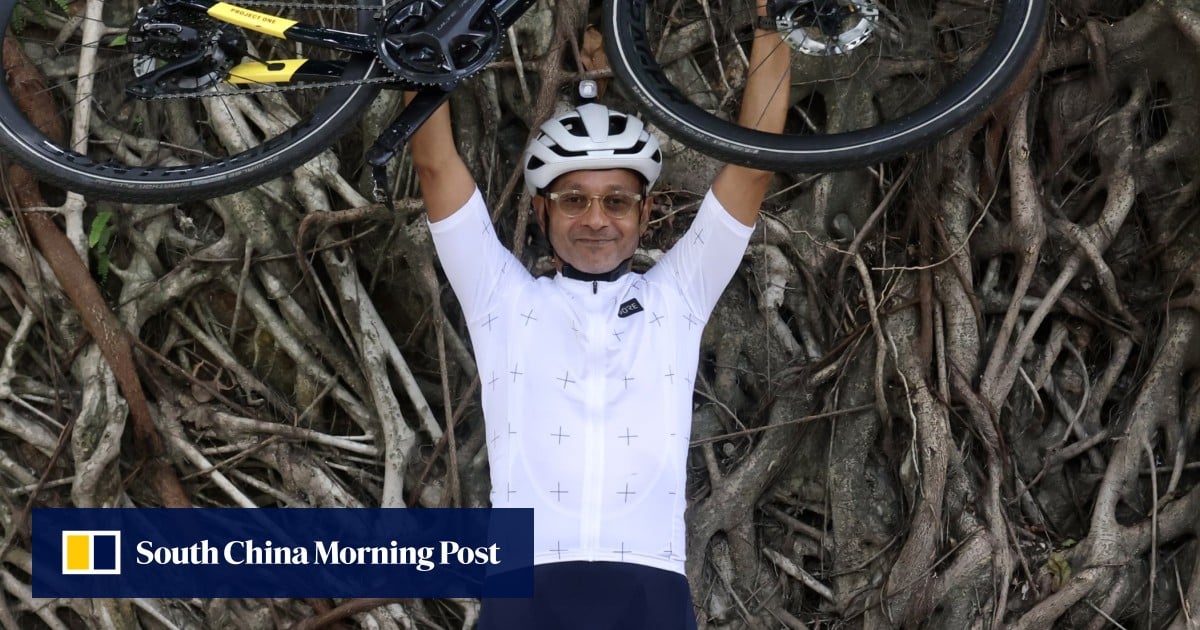The Mayo Clinic in the United States says a heart attack occurs when “the flow of blood to the heart is severely reduced or blocked”, and that having poor metabolic health can increase the “risk of heart disease, stroke and type 2 diabetes”.
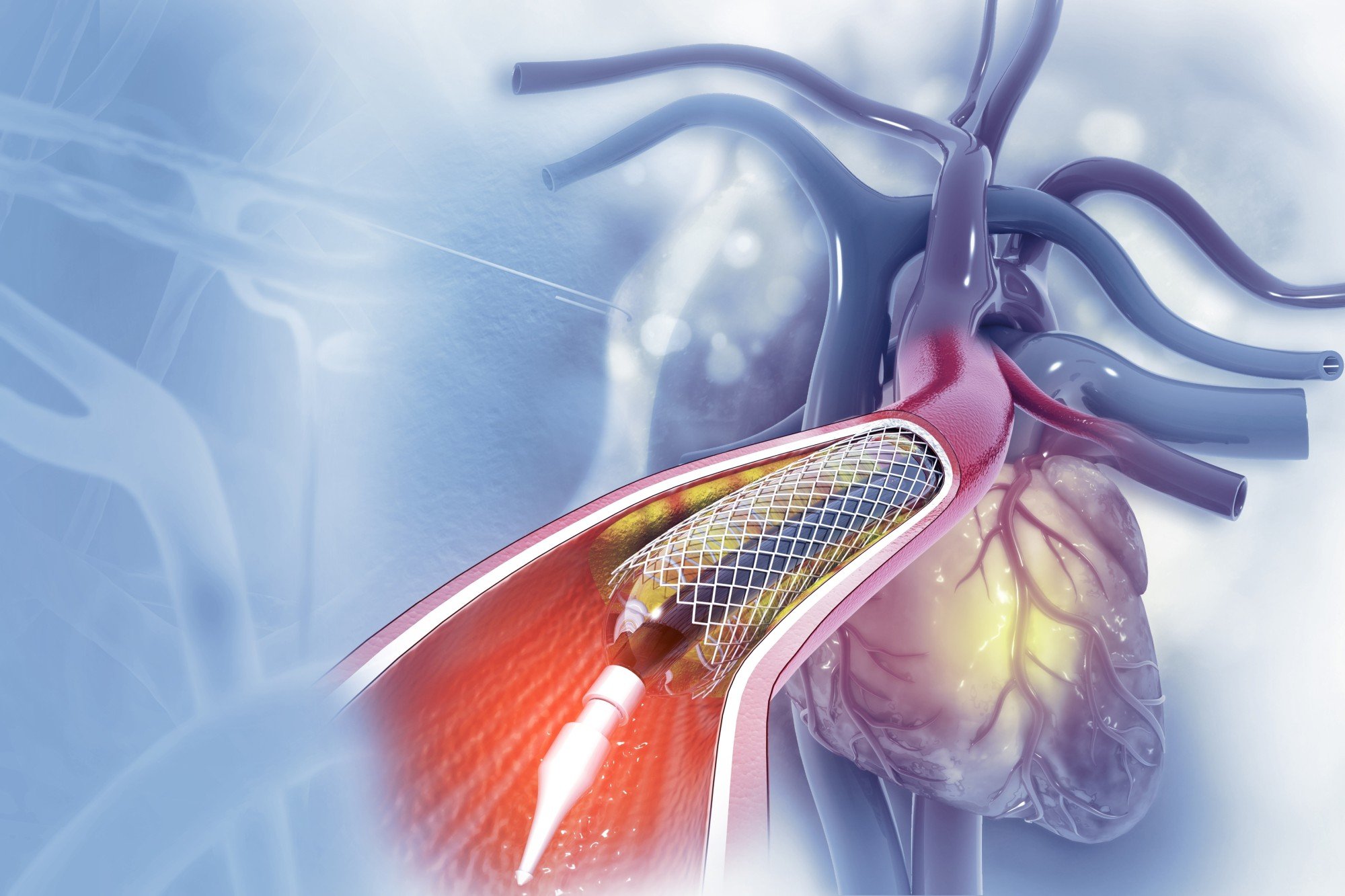
Over the next few months, he made significant lifestyle changes, such as altering his diet, doing regular exercise, and better managing his stress levels and his emotional well-being.
A year later, the blockages in his arteries had reversed, his body fat was reduced from 28 per cent to 13 per cent (it is now at 10 per cent) and his weight had fallen from 75kg (165 pounds) to 62kg.
His goal, Gomes says, was to change his lifestyle and take control of his metabolic health; the weight loss was just a bonus.

Gomes is among the lucky few to survive an out-of-hospital cardiac arrest. The survival rate for such patients is just under 10 per cent, according to a 2023 article in the journal Scientific Reports. The number who survive without lasting damage to the heart, as he did, is much smaller.
Two weeks before his heart attack, he had learned during a routine medical check-up that he had a 50 per cent arterial blockage – a build-up of fatty material inside the arteries, the blood vessels that carry blood away from the heart.
This came as something of a shock.
After his recovery, Gomes sought answers from his general practitioner, the first one being: “Why did it happen to me?”
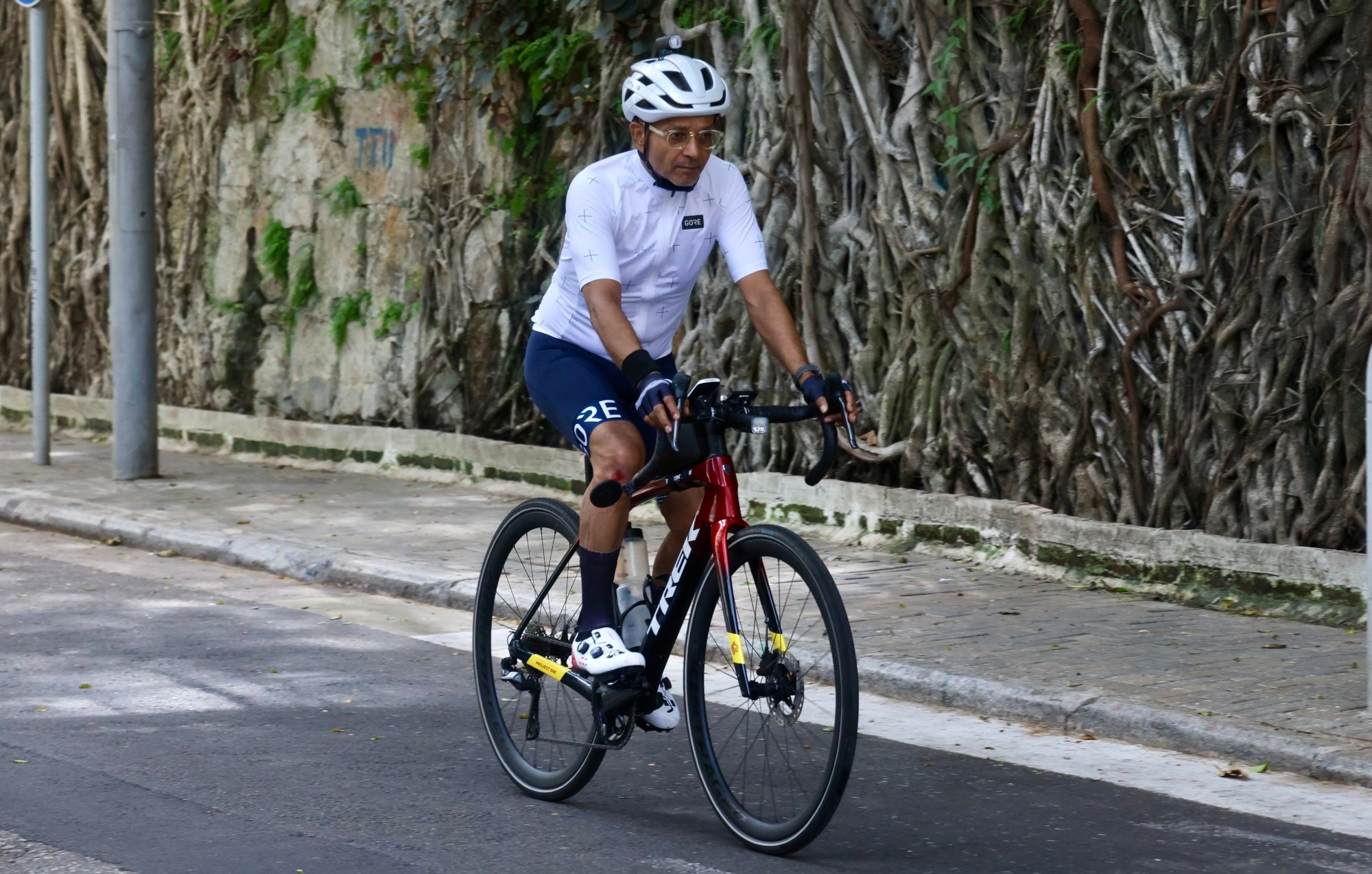
“I had done everything right in terms of medication, diet and fitness,” Gomes says. The doctor’s answer, while unexpected, was enlightening – he was told that without those efforts, he might not have survived.
“That made me understand the importance of lifestyle changes. Medications and surgeries could only do so much; the rest was up to me.”
Gomes has since been inspired by the work of Dr Daniel Lieberman, a Harvard professor specialising in human evolutionary biology.

He began following a low-glycaemic index (GI) diet inspired by Dr William Li’s research in Eat to Beat Disease: The New Science of How the Body Can Heal Itself.
More important than his food choices are his behaviour changes. He goes for an after-dinner walk with his wife every night and does not eat to a full stomach.
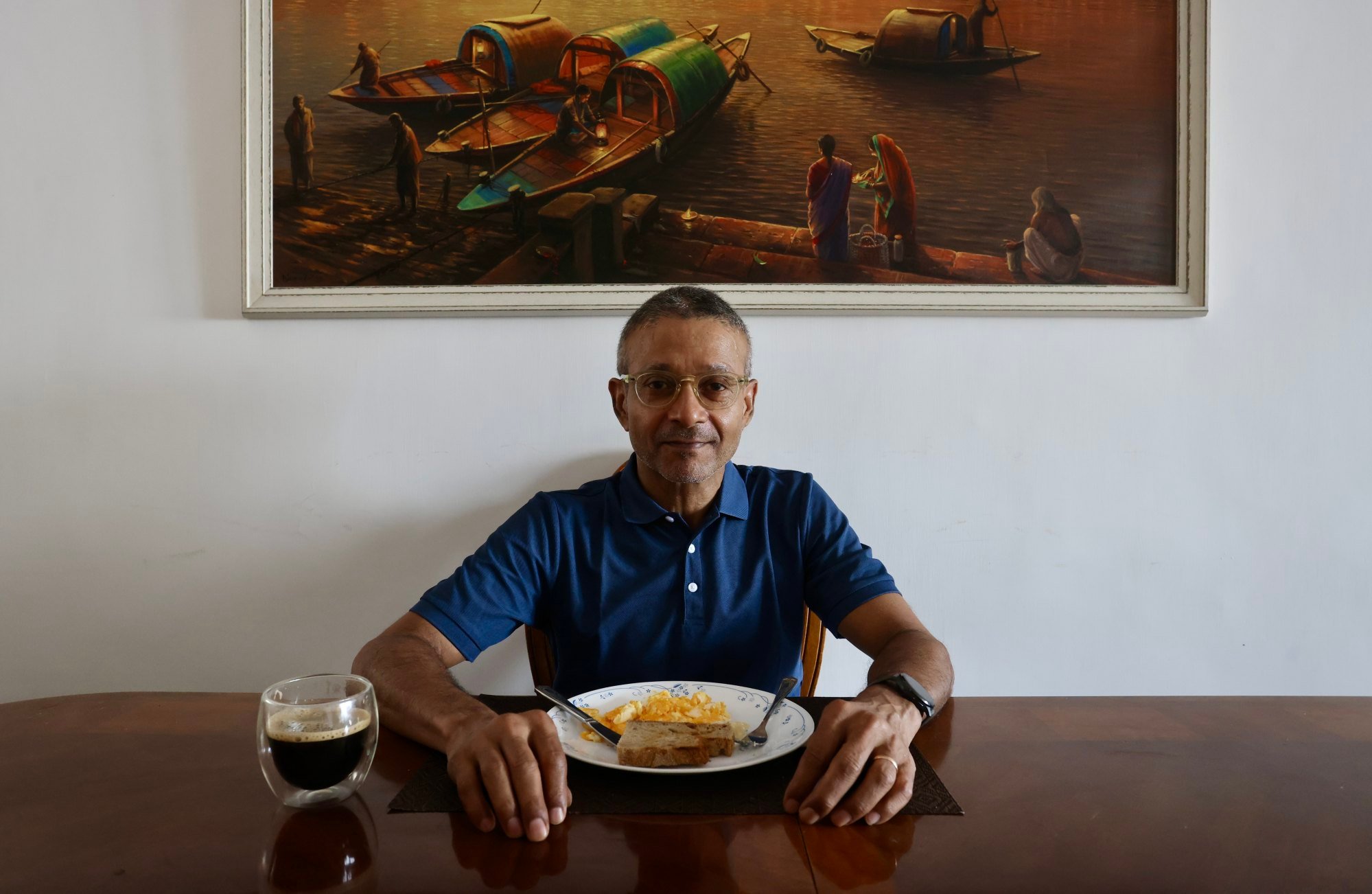
“I started waking up at 5.30am to go cycling and built up my stamina gradually,” says Gomes, who lives in Sai Ying Pun and cycles twice a week on Hong Kong Island, going up to The Peak or around the island. On weekends, he cycles in the New Territories or on Lantau Island.
He also started focusing on what he needed to do to become more fit.
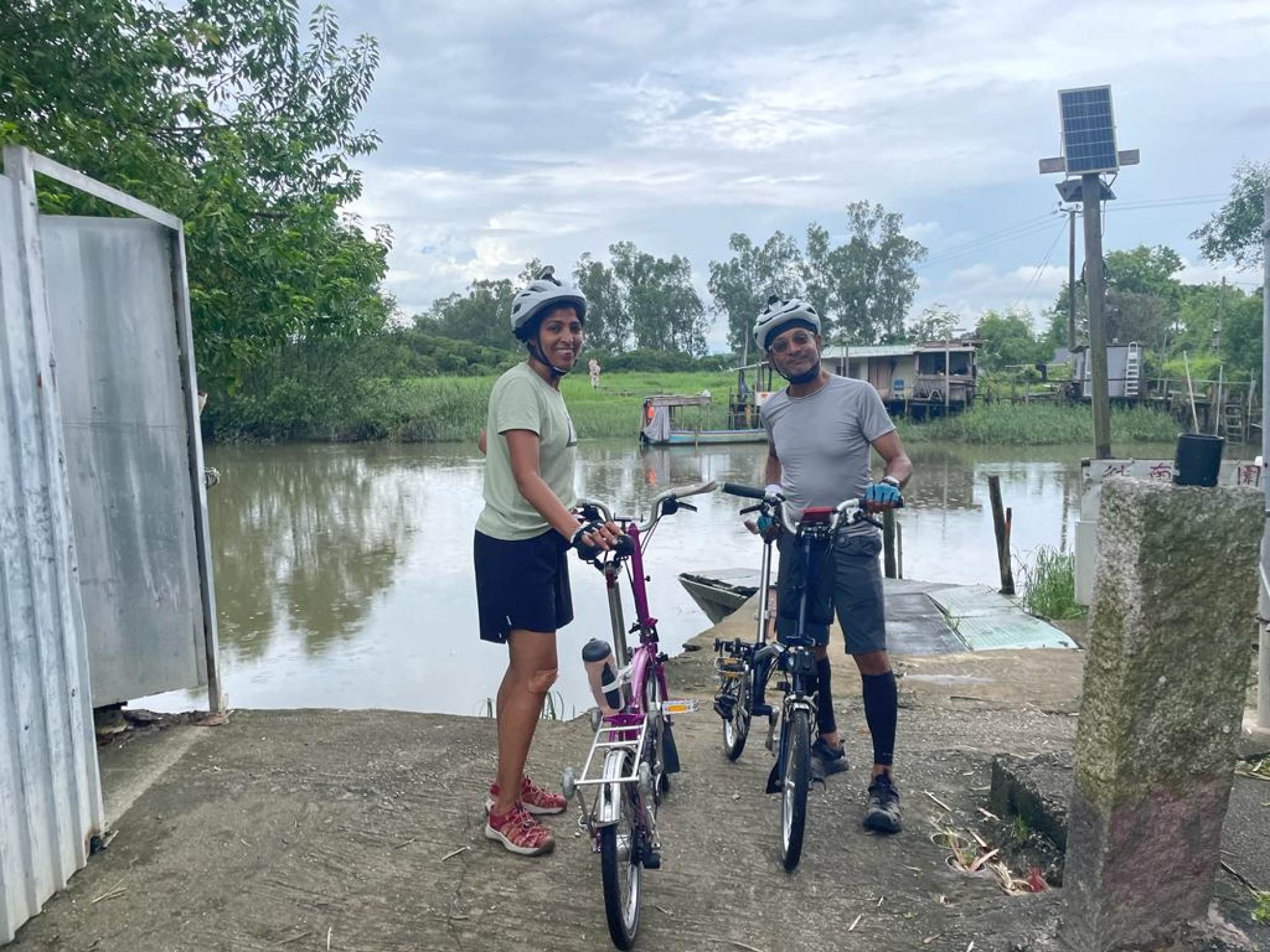
“I avoid hearing and reading negative news and focus instead on having happy moments and conversations with family and friends,” says Gomes, who has two grown children.
His efforts have yielded tangible results. Tests on the first anniversary of his heart attack revealed not only a halt in the formation of plaque (comprising fat, cholesterol and other substances) in his arteries but also no new build-up. His blood pressure and cholesterol levels are normal, and his medications have been reduced to the minimum dosage.
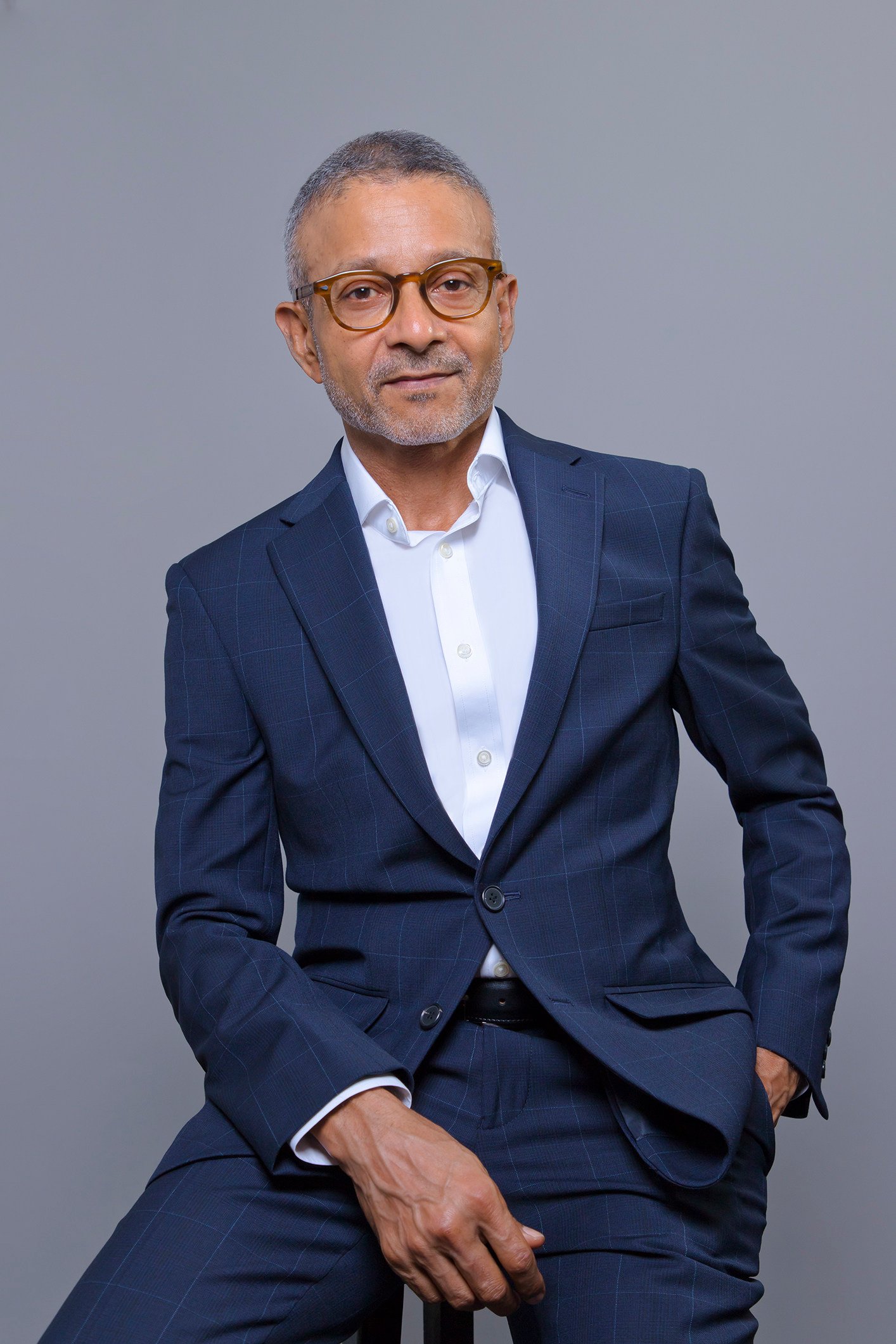
With his new-found energy levels, Gomes felt ready to challenge himself. In May 2023, he completed a 250km (155-mile), five-day cycling journey in Italy. In August 2023, he undertook a 900km six-day cycling adventure in Scotland.
“The journeys I made with cycling groups, travelling through countries, experiencing their food, meeting new people and listening to their stories, have given a new meaning to my life. Health is no longer a problem to be solved but a source of strength and vitality,” says Gomes.
“Central to change is adapting to our environment, encompassing urban living, work dynamics, family life, societal norms, personal beliefs and emotions. It’s about aligning our lifestyle with what truly benefits us while still enjoying what we love.”
His journey to health has inspired Gomes to become an executive lifestyle and health coach. His website, executivehealth.pro, shares the insights that he has gained from his own experience in a free webinar.
Gomes gained his coaching certifications from the International Coaching Federation (ICF) and the European Mentoring and Coaching Council (EMCC), and he has developed an executive health coaching programme to help executives benefit from the same steps that transformed his life.
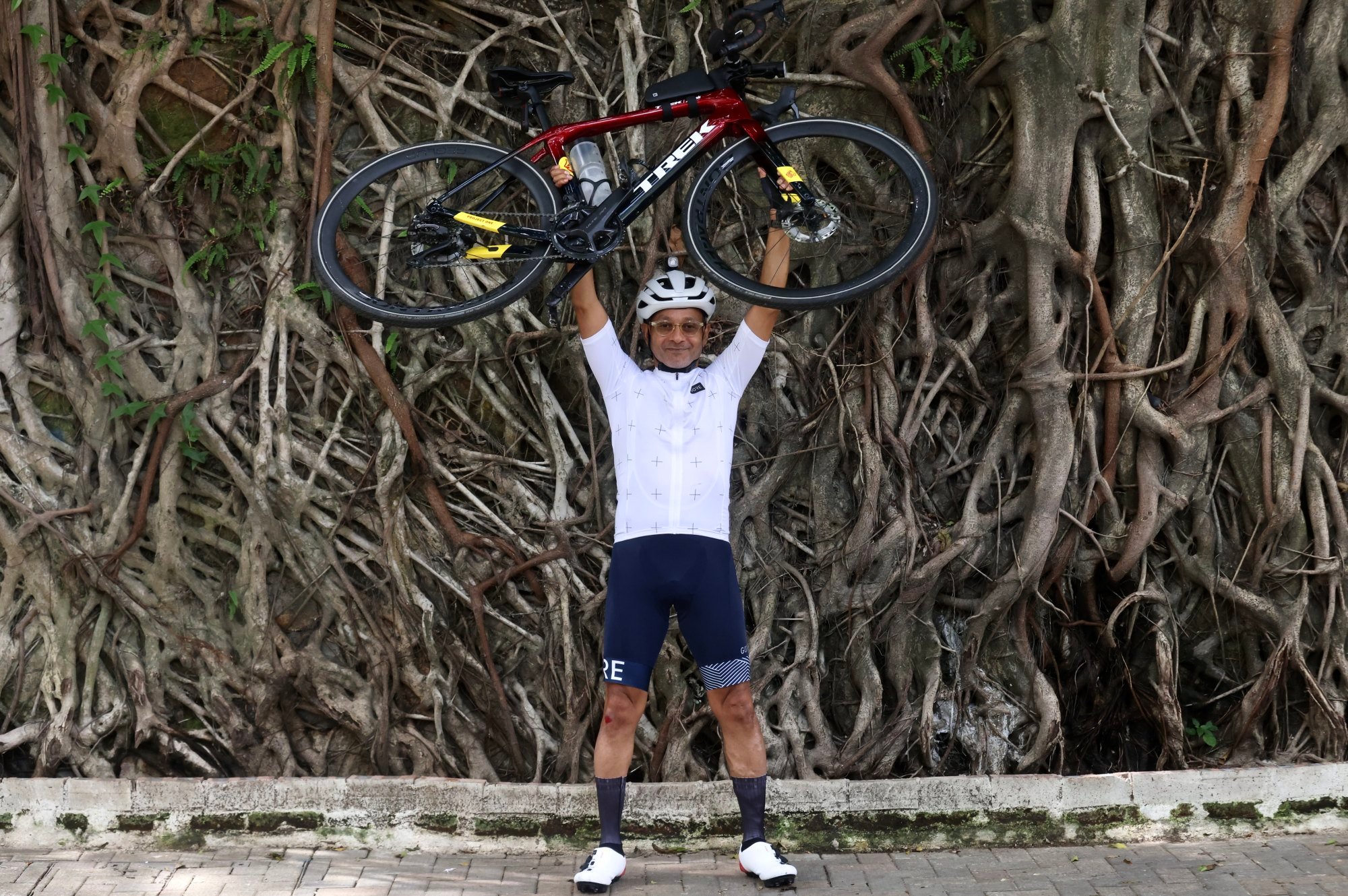
“The journey to good health starts with prioritising self-care and self-compassion,” he says, “and flourishes through a connection with nature, friends and family.”

